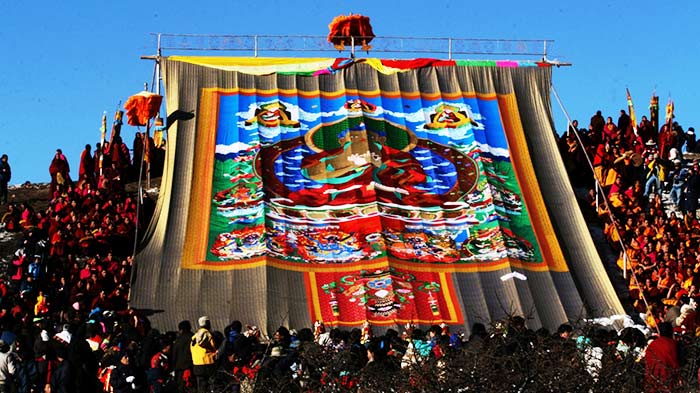The Apatani tribe that resides in Arunachal Pradesh primarily celebrates the festival. Currently, more and more tribes have started observing the rituals of the Dree festival. It is celebrated on the 5th of July each year, but the preparations and rituals begin a few days before the actual festival. The festival is one of the biggest celebrations held in the Ziro valley and hundreds of people from villages around the valley congregate here to celebrate.
During the festival, people offer prayers and offerings to four main Gods: Tamu, Metii, Danyi and Harniang. These offerings are given to pray for a good and plentiful harvest. People gather around the valley and perform traditional dances. One of the most unique points of this festival is that cucumber is distributed to all the attendees as a symbol of a good harvest. Delicacies from Arunachali cuisine are prepared along with home-brewed wine and rice/millet beer.














